Depression glass is nothing like its name or the era it emerged from; if anything, its vibrant colors leave behind a trail of excitement and an almost perfect aesthetic to give your space the beauty it needs.
The price of depression glass varies according to its color, rarity, and type. But you’ll find them between $15-$40 for single pieces and $100-$500 for larger sizes, sets, and limited-edition glassware.
In this insightful piece, we’re helping collectors navigate the colorful world of depression glasses and giving golden tips on how to easily identify them, their colors, common patterns, and even reproduced pieces that have flooded the market in recent times.
Table of Contents
What is Depression Glass
Depression glass refers to cheap colored glassware produced from the mid-1920s to the end of WWII for people who loved affordable luxury due to the economic challenges and stock market crash. These pieces came on during the Great Depression in the United States and Canada.
The pretty glasses were often given as promotional items on cereal boxes by the Quaker Oats Company and then other companies followed suit; they were a common household item made from scrap colored glass like pink, amber, cobalt blue and clear glass.
Back in the 1940s, when a loaf of bread cost a nickel, you could also get a piece of gorgeous depression era glassware for about the same price. Although they’re heavily flawed due to their production techniques (they were mass produced), they’re still nothing short of breathtaking and artsy.
Here’s a video on the history of depression glass.
Pink Depression Glass
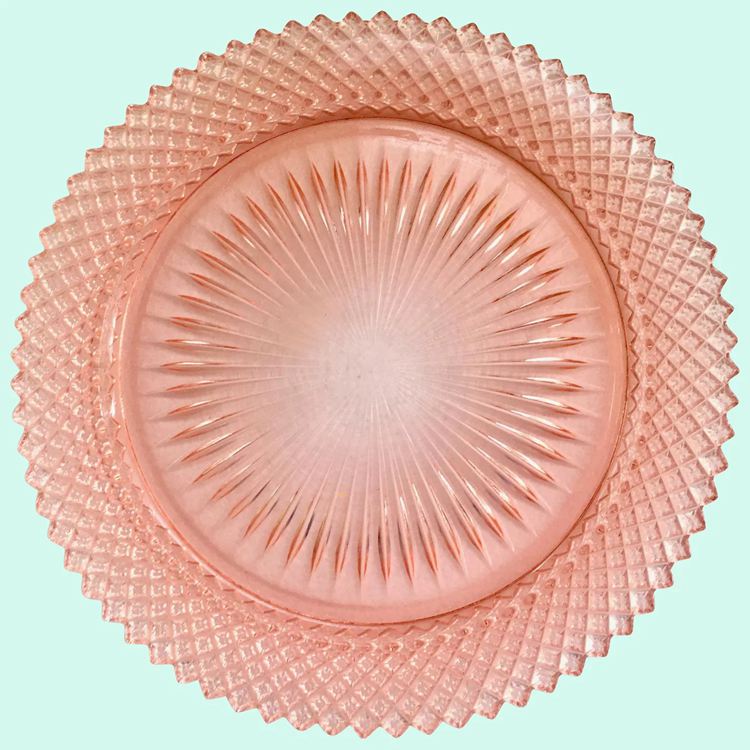
The pink depression glass (also a product of the great depression era) is unarguably one of the most popular depression glass colors among buyers and collectors of depression glass. The unique pink glassware comes in warm rose tones that are easy on the eyes and the shelf.
Popular Depression Glass Patterns
Some depression glass patterns made waves back in the day and are now on the most sought-after list of many collectors worldwide. We’ve helped you compile a detailed list of these scene rockers.
1. American Sweetheart Pattern (1930-1936)
This pattern produced by Macbeth Evans Glass Company mostly comes in pink and soft blue depression glass. They’re floral-shaped details in the form of curlicue or paisley. American Sweetheart pieces are highly sought after and valuable.
2. Cameo Pattern (1930-1934)
The cameo pattern is referred to as the dancing girl or ballerina pattern and is often associated with green pieces but can also come in yellow and pink depression glass pieces. You can see the connected beads in the form of a string on the bodies of the glass they lay.
3. Georgian Depression Glass (1931-1936)
Georgina depression glass is also called the lovebird pattern (don’t think far, there’s a literal image of two lovebirds on the bodies of Georgian pieces). You’ll find these patterns in the hue of green, clear glass, and amber pieces.
4. Buttons and Bows Patterns (1947-1950)
Also known as the Holiday pattern, this one has slightly raised details in the form of buttons and is shaped like bows as you progress. They appear on pink depression glass, but you can find a handful of pieces in clear glass and iridescent.
5. Mayfair Pattern (1931-1937)
The Mayfair pattern is also referred to as the open rose pattern and is found in pink and ice blue depression glass. Like American Sweetheart, the Mayfair pattern is popular amongst collectors and households and is produced by the Anchor Hocking company and Federal Glass Company.
6. Royal Lace (1934-1941)
The royal lace pattern came from the stables of Hazel Atlas Glass Company from 1934-1941, it brought an upgraded feel to depression glassware and existed in shades of cobalt blue, pink, green, clear. You’d find the pattern on drinking glasses, soup bowls and pitchers.
7. Cherry Blossom (1930-1939)
The cherry blossom pattern is also a staple among collectors, the beautiful patterns feature delicate designs of cherries, flowers and leaves. You’d find them in pink, blue, clear, green shades and were made between 1930-1939 by the Jeanette Glass Company.
Tips for Identifying Depression Glass
The following tips will help you properly spot real depression glass, understand its setup, and forestall a mix-up in quality.
The Colors
Depression glass was made in mostly bright colors and will catch your eye any time of the day.
The most common hues include custard, jadeite (Light green), delphite (Light blue), cobalt blue, green, amethyst (violet), Monex (Transparent white), ruby red, canary yellow, and ultramarine (made by the Jeanette Glass Company).
Some green depression glass pieces have a tiny amount of uranium in them, which is responsible for their glow under black lights. (They’re completely safe, so don’t break a sweat over radiation).
Details
Another significant feature of depression glass is the very intentional details; you’d notice that they’re mostly patterned with traces of geometric shapes and designs. Floral designs and abstract shapes are not strangers to depression glassware.
At the edge of depression glassware, there’s always opalescent graduation- which means the glass gradually changes from colored to clear white around that area. This effect creates a beautiful contrast.
The Thinness of the Glass
As said earlier, depression glass was made to be affordable and very low budget, including the quality and thickness of the glass. Check the edges of your glassware to feel if it’s thin and has a delicate texture.
Often, they tend to chip or crack easily because of this trait; At the same time, this is normal due to their thinness. It also helps you confirm the legitimacy of your piece to see if it’s not reproduced glassware.
The Patterns
About 92 patterns are officially recorded for depression glassware, and not all have a logo or stamp to help show their maker but most companies have their signature patterns. You must spot these patterns with the help of a reference book to discover their names and maker. Check the link below.
Pattern Identification
After you’ve read about patterns, you should also endeavor to keep some off-hand. The American Sweetheart is one of the most common and popular patterns. It’s usually in hues of soft pink or blue.
You’d find them in bowls with a peculiar design (a deep center with paisleys and curlicue designs).
Another popular pattern is the Cameo. Cameo is a fresh green shade and comes in pink and yellow pieces. You’ll find cameo patterns in cocktails and lunch sets. How do you spot it? Well, they look like strings of beads surrounding whatever piece they come from.
The princess pattern from Anchor Hocking is renowned for its feminine and soft chiseled edges and comes in pink, green and blue.
The Bubble is your Cue
Examine your depression glassware closely to spot the scattering of tiny bubbles- they’re the size of the full stop at the end of English sentences. Illegitimate pieces don’t usually have this distinct feature. (This tip is a well-kept secret and very foolproof).
Turn your Glass Over
You can identify true depression glass from every angle. Turning your piece upside down exposes the base, which you must find long, tiny lines heading in the same direction.
These lines happened due to the production technique adopted during the Great Depression days- Artisans usually dried the glass pieces on a straw; hence the tiny lines came from the straw marks.
Observe the Seams
The edge of your authentic depression glass lid must have a soft, overlapping crease on the glass, known as seam lines. These seam lines came to be as a result of the fast production involved which caused irregularities in the molding, as some glass slipped.
Look for Age Marks
Age marks like scratches, chipping, and cracking are healthy and show proof of long ownership and go a long way in depression glass identification. If your depression glass looks too new with zero signs of aging, we advise you to double-check your purchase.
Read Books on Depression Glass
You can facilitate identifying your depression guide by checking out online resources like catalogs, textbooks, and identification guides filled with pictures of pieces and patterns produced over the years. Check the links below.
- Warman’s Depression Glass Handbook
- Collector’s Encyclopedia of Depression Glass
- Treasure of Very Rare Depression Glass
Join a Forum
The National Depression Glass Association is set up to help collectors and lovers of depression glass compare pieces, research further, appraise their depression glass and also get update on newly discovered pieces by organizing annual conventions.
Here’s a video for further clarification.
Addressing Reproductions in the Depression Glass World
Over the years, in a bid to make these pieces more available to households or just out of sheer curiosity, so many companies have flooded the market with reproduced depression glass. The implication is that you get to pay the same price or even more for a mere replica.
Here are some things you must know about replicas
- They have much less detailed designs, i.e., you won’t see the floral, birds, or beaded details like you do on original pieces. Even if they’re there, they’re not as pronounced.
- There’s a greasy feeling when you touch a reproduced depression glassware piece. There are little or no lines, no seams.
- The patterns on a reproduced piece have bits and pieces of inconsistency with their colors and shapes.
- Overly thick depression glass isn’t real. The thinness of original depression glass came due to limited resources, which has become a strong criterion for identification.
However, if you’ve made the harmless mistake of procuring reproduced depression glass, we advise that you keep a few for easy comparison and quick identification on your next purchase (Just put them side by side, and there you go!).
Popular Depression Glass Makers
Many companies made depression glass back in the day and were quite successful at it too. Here’s a list of them in no particular order.
- Hazel Atlas Glass Company
- Macbeth-Evans Glass Company
- Lancaster Glass Company
- Hocking Glass Company
- Indiana Glass Company
- Imperial Glass Company
- Westmoreland Glass Company
- S. Glass Company
The Federal Glass Company rolled out fresh and new patterns of depression glassware between 1927 to 1938, while the Jeanette Glass Company created the popular Adam and Windsor pattern on their wares.
Hazel Atlas Glass company tested new patterns like the famous royal lace on their pretty glass pieces from 1930- 1938 in popular tones of Ritz Blue and Sunset Pink. These colors and patterns were commonly found in stores nationwide.
Where to Get Depression Glass
Whether you’re an old collector or new to the game, we’re bringing collecting depression glass pieces closer to you by putting links to places you can get them be it at flea markets or antique stores.
Online Sources
Online shopping platforms like eBay, Etsy have sections tailored to meet your depression glass needs and purchases. You’ll also be informed if the piece you’re getting is reproduced or the original. All this, including delivery, is done in the comfort of your home.
Auctions
One of the easiest and fastest ways to get depression glass is through auctions. Auctions are set up to sell and exhibit valuable items. Locate an auction near you to get started, or even do it online for convenience,
Yard Sales
Depression glass is a common household item, and there’s a high chance people have a few in their stores with no idea of their value. On your next trip to a yard sale, use the tips we’ve dropped for you to spot one or more depression glass.
Parting Words
For collectors, you must get your facts right when collecting these colorful pieces. Reproductions are one of the biggest problems you’ll face on your journey. Ensure to always look out for them along with the extra tips we’re sharing below.
- If you’re ever in doubt about the status of your piece as authentic, you should consult an appraiser.
- Age marks like scratches due to prolonged use are normal, but know where to draw the line if your piece looks too tattered or damaged.
- Know your patterns like the back of your hand; they’re usually the first signs you’ll see that they’re depression glass.

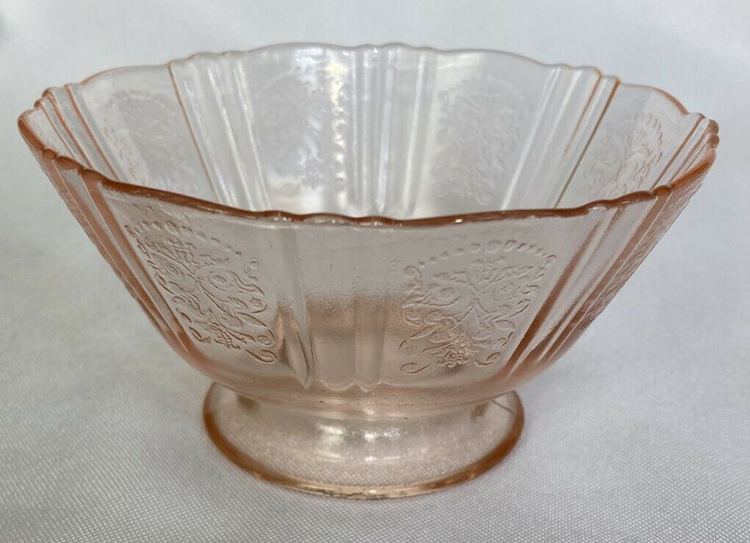
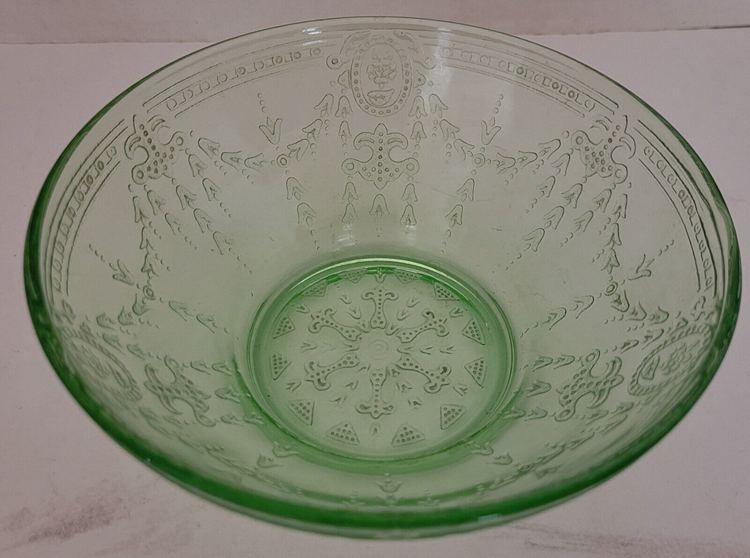
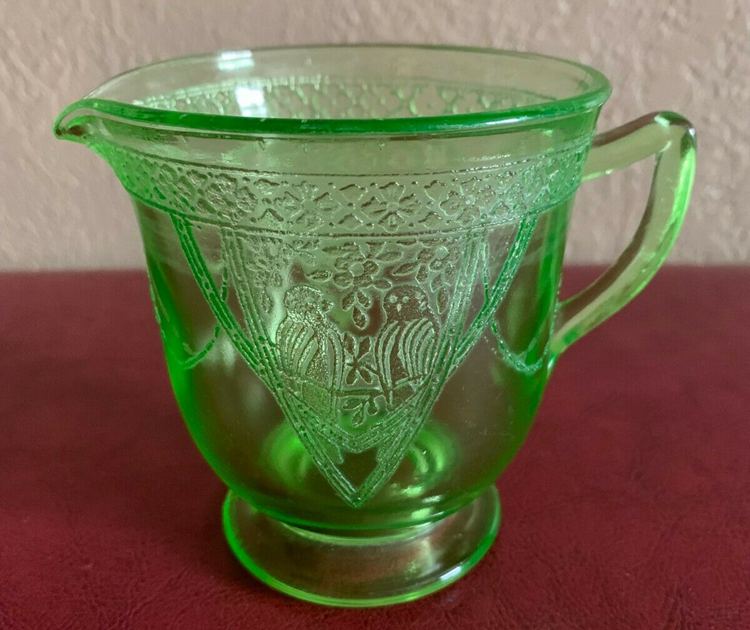
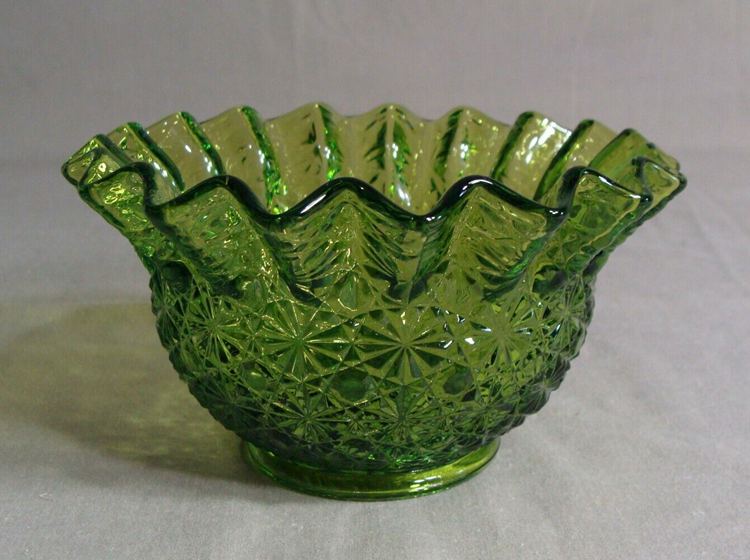
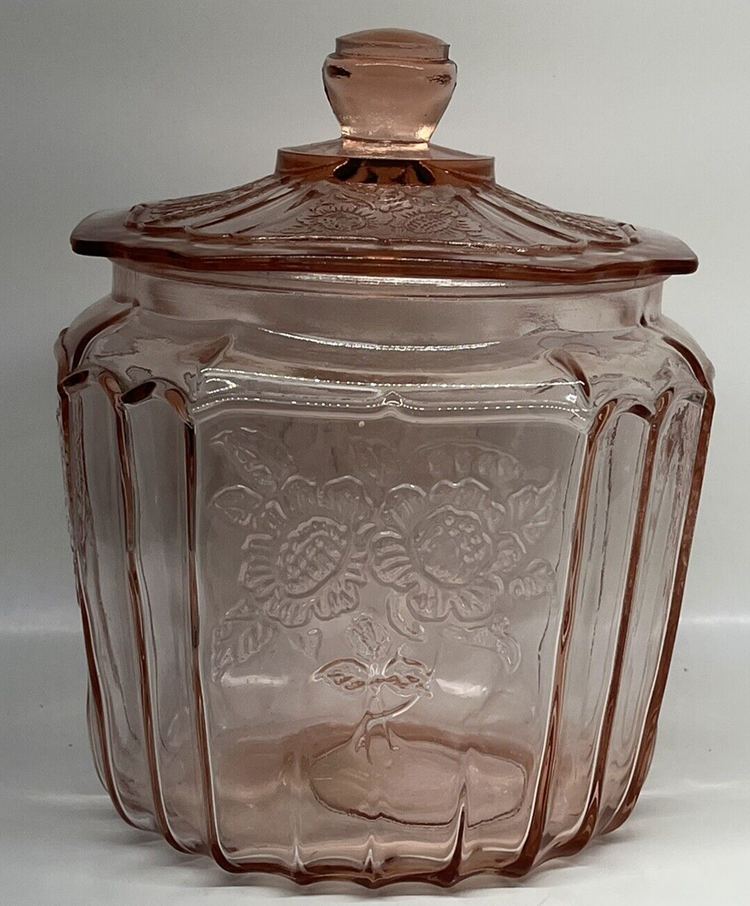
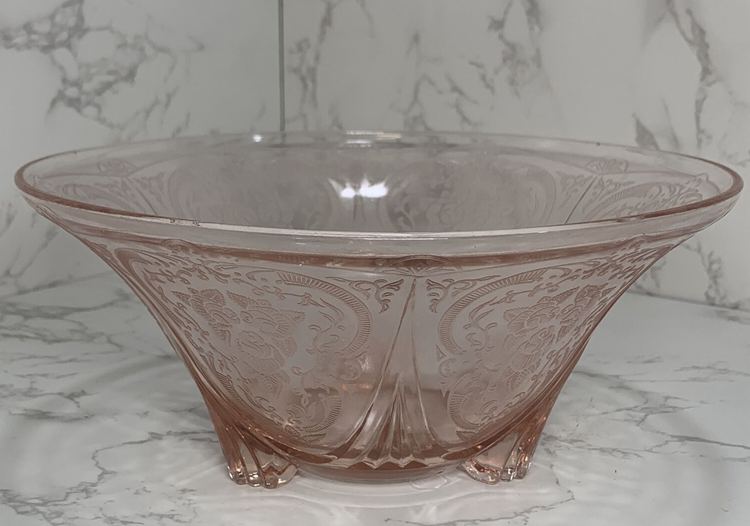
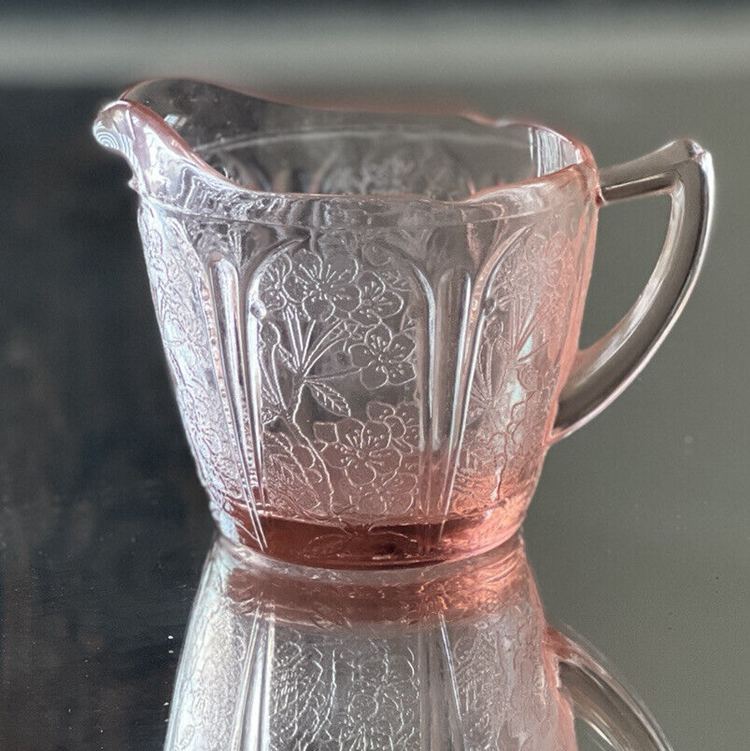




![Where To Sell Antique Furniture In 2022 [Ultimate Guide]](https://www.jacquelinestallone.com/wp-content/uploads/2022/09/Etsy-Your-Place-To-Buy-And-Sell-All-Things-Handmade-600x450.jpg)


